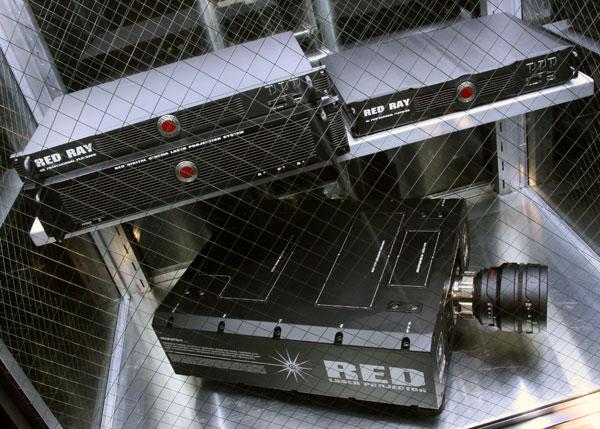Wow! Talk about a game changer...since they are using three lasers for each of red, blue and green lasers, would a DLP chip yield a better picture? Though at 4K, any differences besides shadow detail would be nearly unnoticeable at a normal viewing distance.
On another subject, I really miss your Ultimate Gear postings from Ultimate AV. Is there any thought of doing that again? Maybe an "Ultimate Piece of Gear for the Month"?
































































